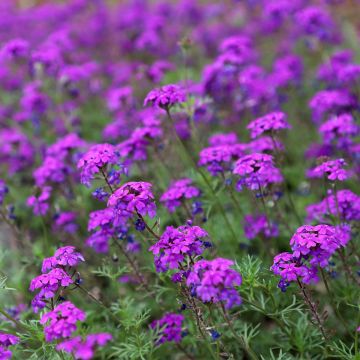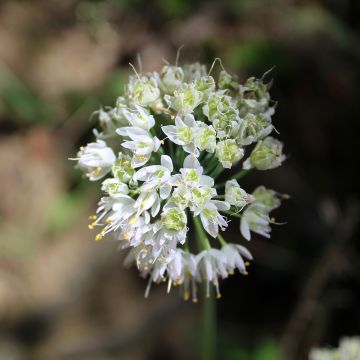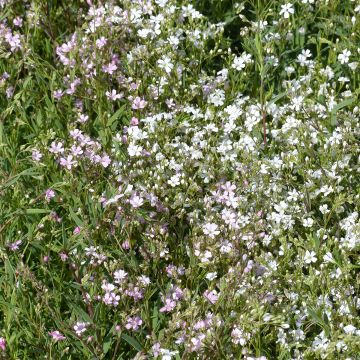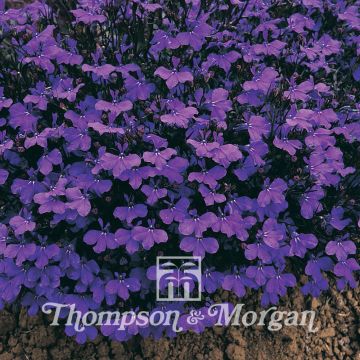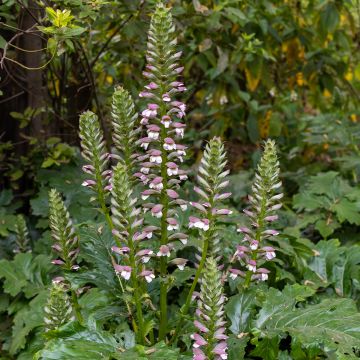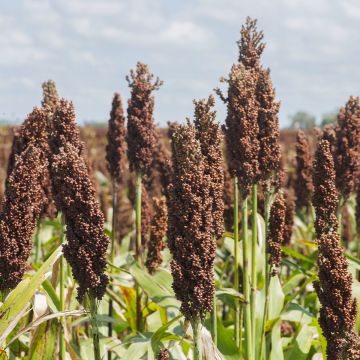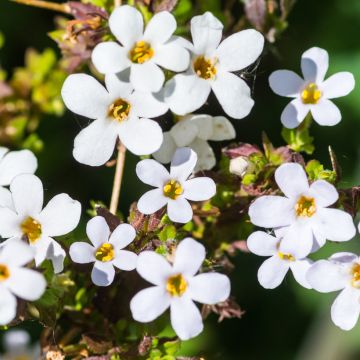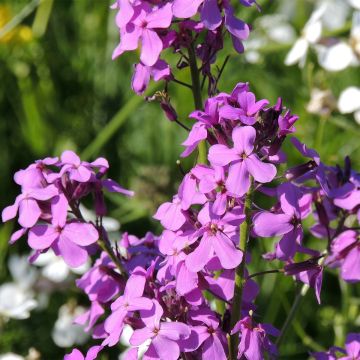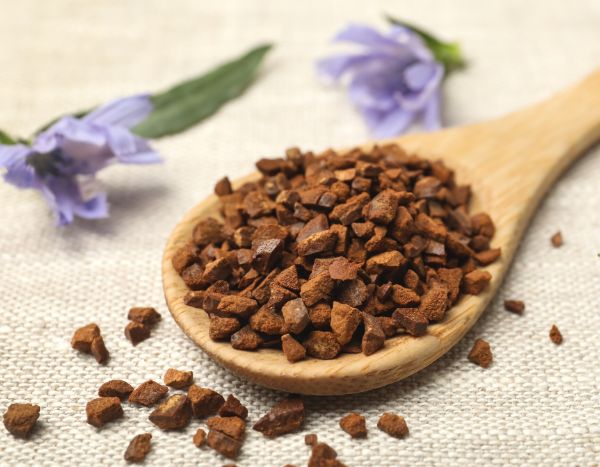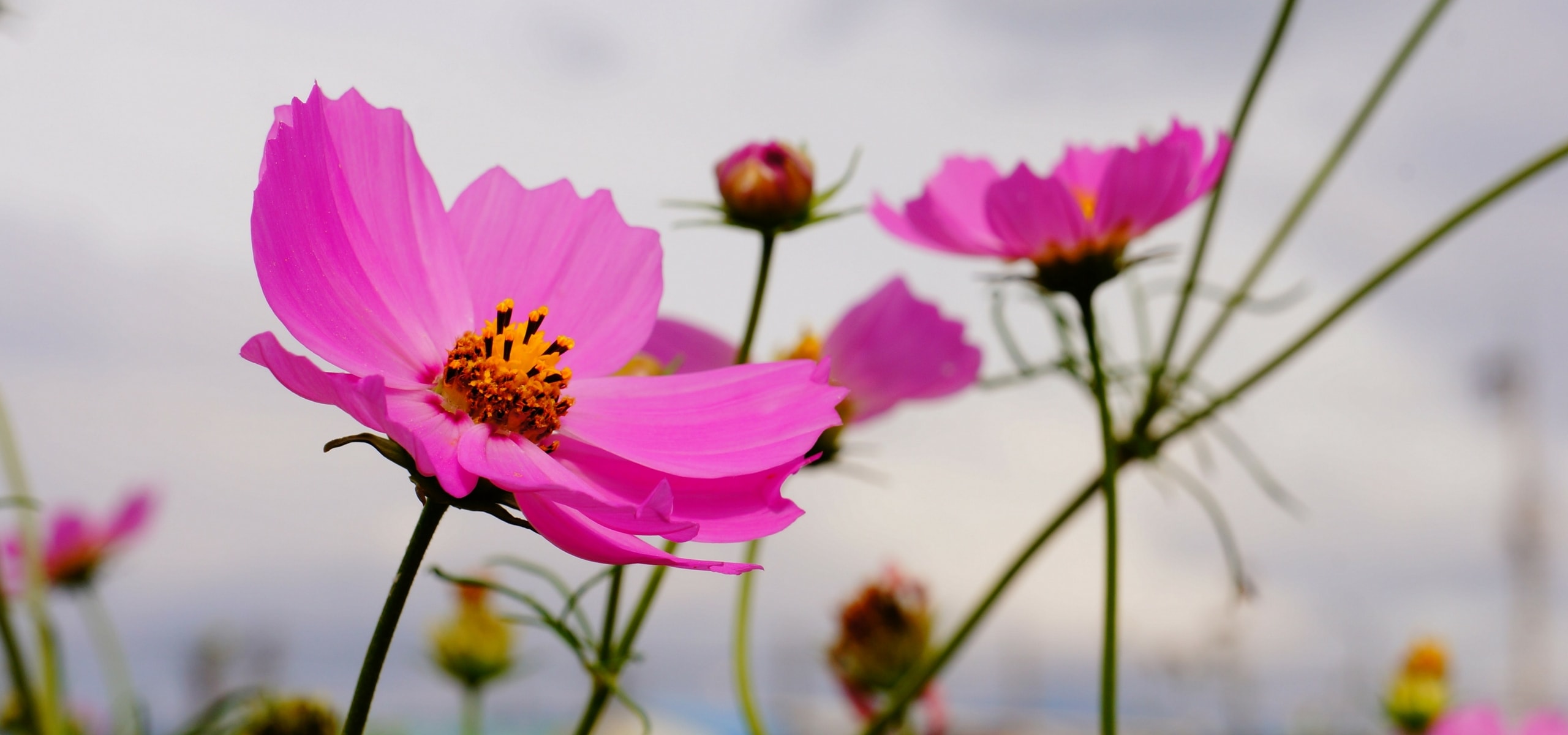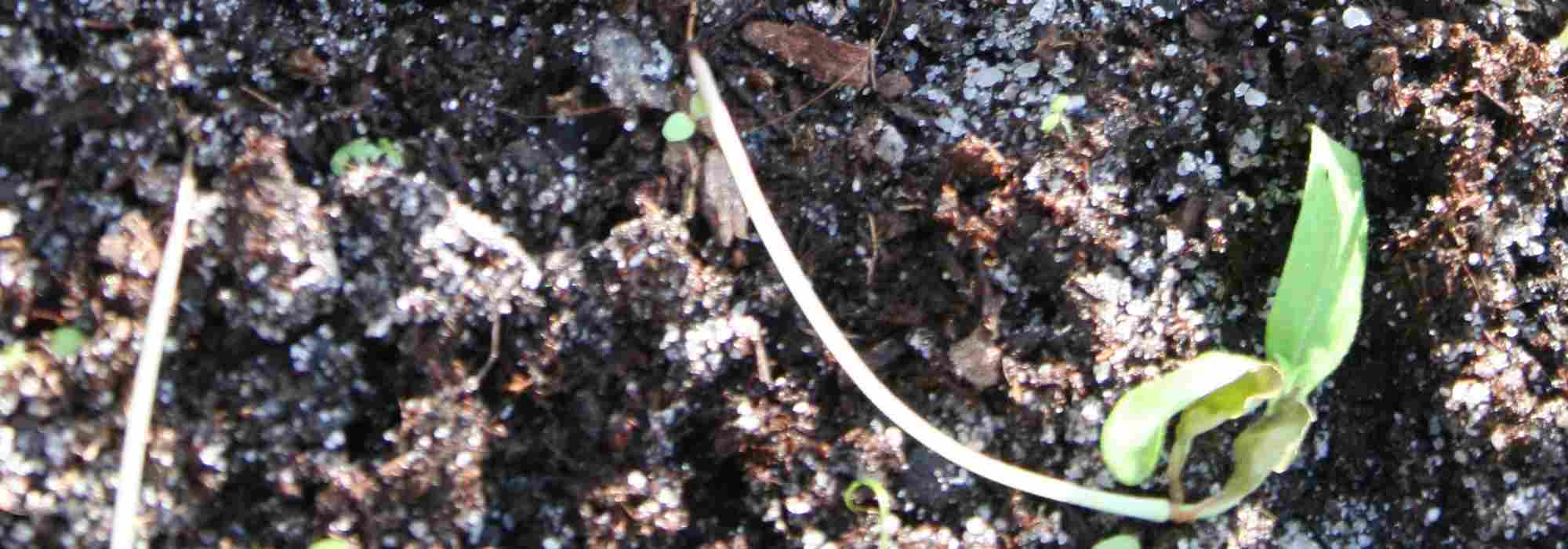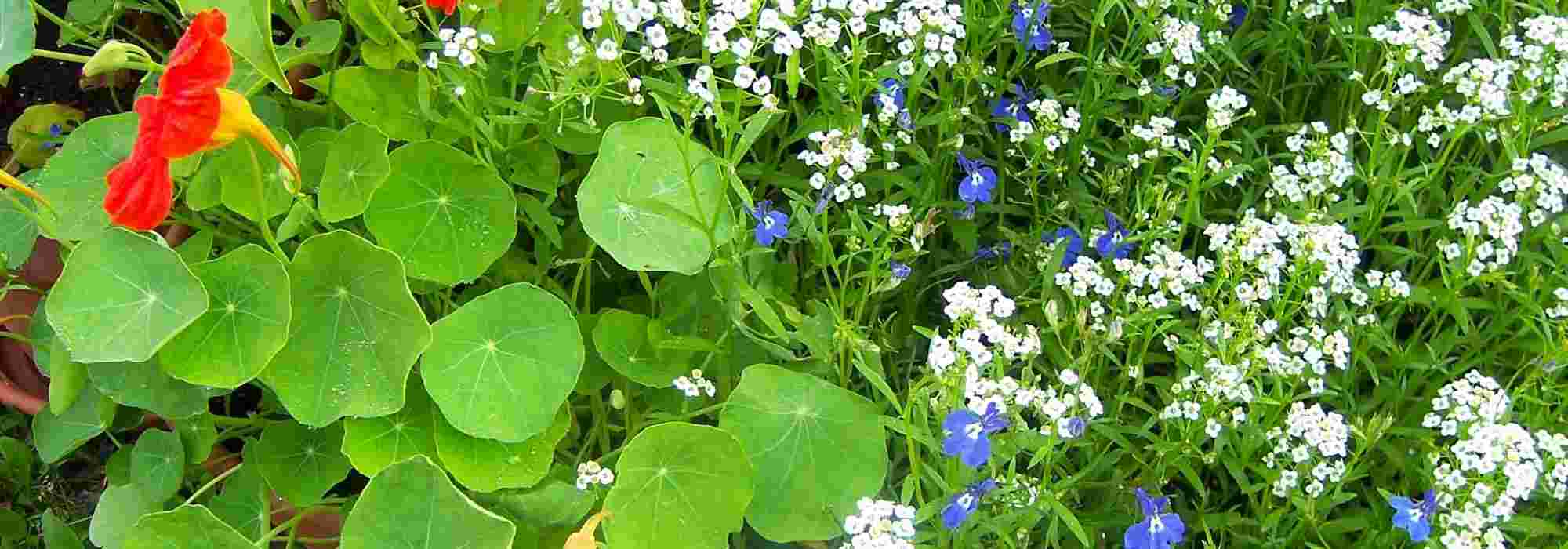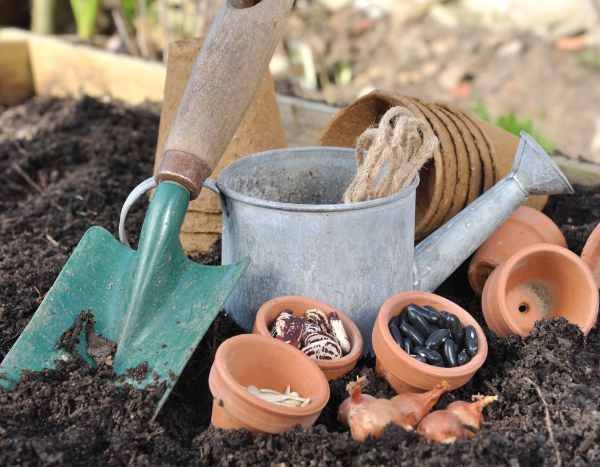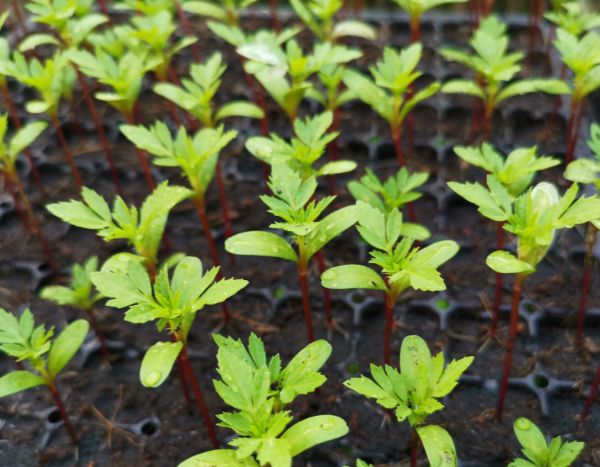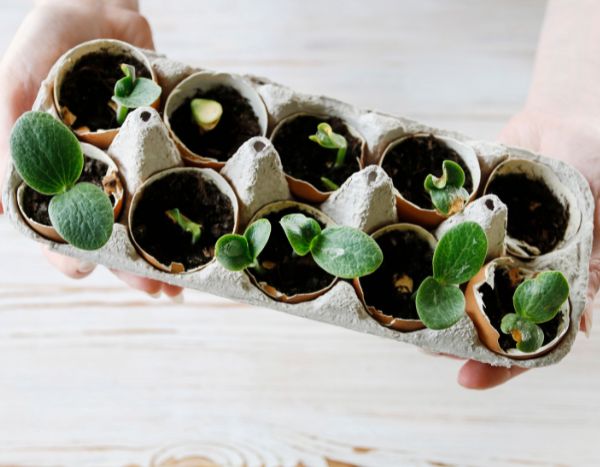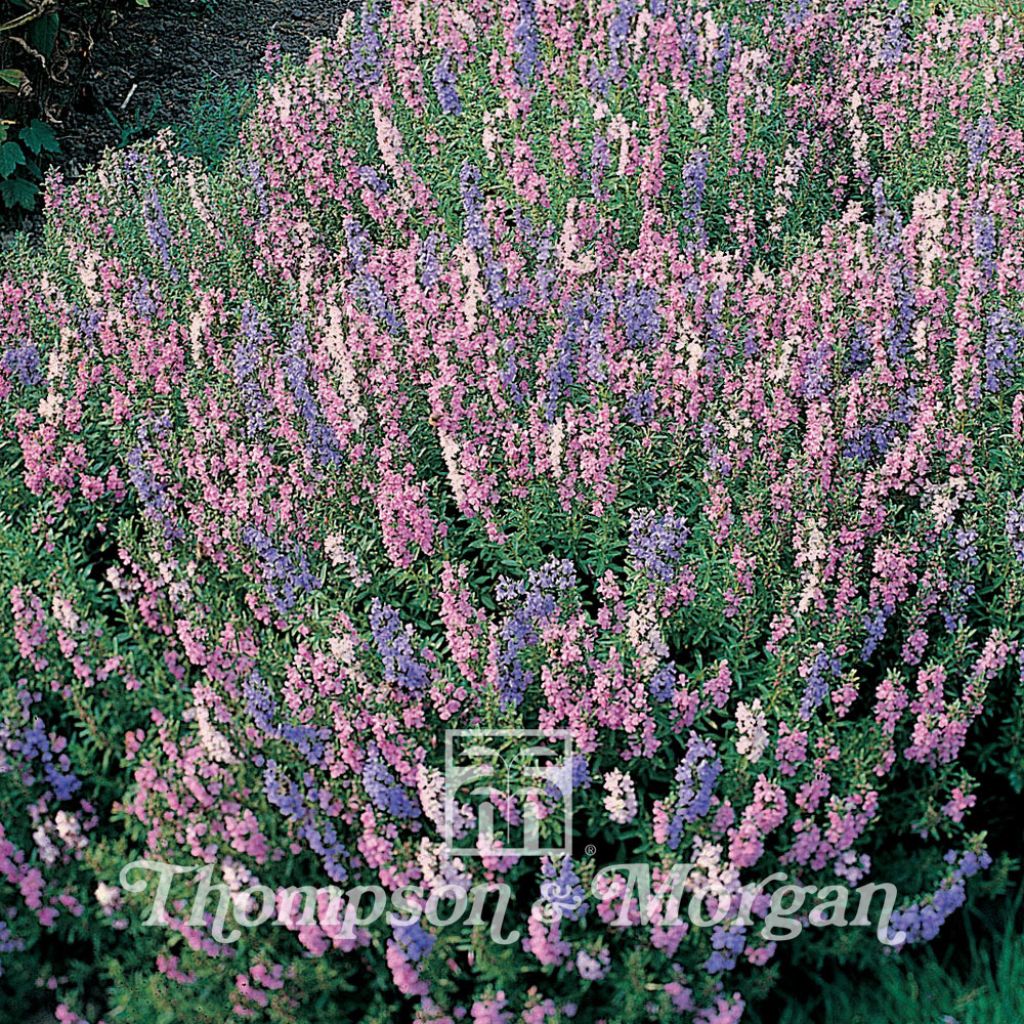

Hyssop Tricolour Mixed seeds - Hyssopus officinalis
Hyssop Tricolour Mixed seeds - Hyssopus officinalis
Hyssopus officinalis Tricolour Mixed
Hyssop
Starting to bloom but they are all blue, still pretty but not exceptional.
Brigitte L., 31/07/2018
Special offer!
Receive a €20 voucher for any order over €90 (excluding delivery costs, credit notes, and plastic-free options)!
1- Add your favorite plants to your cart.
2- Once you have reached €90, confirm your order (you can even choose the delivery date!).
3- As soon as your order is shipped, you will receive an email containing your voucher code, valid for 3 months (90 days).
Your voucher is unique and can only be used once, for any order with a minimum value of €20, excluding delivery costs.
Can be combined with other current offers, non-divisible and non-refundable.
Why not try an alternative variety in stock?
View all →This plant carries a 6 months recovery warranty
More information
We guarantee the quality of our plants for a full growing cycle, and will replace at our expense any plant that fails to recover under normal climatic and planting conditions.
Does this plant fit my garden?
Set up your Plantfit profile →
Description
Hyssop (Hyssopus officinalis) is a fragrant perennial herb with a bushy habit, which is covered in small flowers in late summer. It is offered to you in an exclusive mix of blue, white, and pink. A lovely addition, essential in the herb garden, rockery, and Mediterranean border.
Native to the northern coast of the Mediterranean and Asia Minor, Hyssopus officinalis is hardy and evergreen in temperate climates. It belongs to the Lamiaceae family, its flowers are arranged in spikes on stems that lignify over the years. Its leaves are pointed and dark green, and they are used as a condiment. It has an airy bushy habit, reaching a height of 60 cm (24in) and a width of 40 cm (16in).
Hyssop is renowned for its many virtues: in cooking, its fragrance evokes thyme and rosemary, and it can be used as a substitute for them in many meat or fish dishes. It is also a medicinal plant that treats digestive and respiratory ailments. Finally, it is an excellent plant for bees and butterflies.
It will find its place in the vegetable garden or in a herb garden, alongside thyme, rosemary, marjoram, or even its relative, Agastache. You can also plant it in a rockery or in a Mediterranean border, and associate it with sages and rockroses. Hardy down to -15°C (5°F), it is advisable to grow it in a pot, which should be protected in winter in the harshest regions.
Cultivating Hyssop is easy, it likes full sun, well-drained ordinary soil, even rocky soil. In clay soil, don't give up but plant it on a mound, mixing gravel with the soil to improve drainage. It requires little maintenance: an annual pruning at the end of flowering or in March will give it a more compact shape.
Report an error about the product description
Flowering
Foliage
Plant habit
Botanical data
Hyssopus
officinalis
Tricolour Mixed
Lamiaceae
Hyssop
Mediterranean
Other Thompson and Morgan seeds
View all →Planting and care
Sow Hyssop seeds from April to May in trays, pots, etc. in a special seed compost that should be placed in a propagator or a warm place to maintain an optimal temperature of 15 to 20°C (59 to 68°F). Sow in a well-drained soil, barely covering the seed. Germination usually takes 14 to 21 days.
Transplant the plants when they are large enough to handle. Then harden them off and plant them outdoors when all risk of frost has passed. Space the plants 60cm (24in) apart. Plant them in a well-drained soil, in a sunny location.
Hyssop is a resilient and low-maintenance plant. It adapts to most soils, even calcareous and clay ones, as long as they are properly drained. In heavy soil, plant on a mound and incorporate stones or coarse sand into the garden soil to improve drainage.
Sowing period
Intended location
Planting & care advice
-
, onOrder confirmed
Reply from on Promesse de fleurs
Haven't found what you were looking for?
Hardiness is the lowest winter temperature a plant can endure without suffering serious damage or even dying. However, hardiness is affected by location (a sheltered area, such as a patio), protection (winter cover) and soil type (hardiness is improved by well-drained soil).

Photo Sharing Terms & Conditions
In order to encourage gardeners to interact and share their experiences, Promesse de fleurs offers various media enabling content to be uploaded onto its Site - in particular via the ‘Photo sharing’ module.
The User agrees to refrain from:
- Posting any content that is illegal, prejudicial, insulting, racist, inciteful to hatred, revisionist, contrary to public decency, that infringes on privacy or on the privacy rights of third parties, in particular the publicity rights of persons and goods, intellectual property rights, or the right to privacy.
- Submitting content on behalf of a third party;
- Impersonate the identity of a third party and/or publish any personal information about a third party;
In general, the User undertakes to refrain from any unethical behaviour.
All Content (in particular text, comments, files, images, photos, videos, creative works, etc.), which may be subject to property or intellectual property rights, image or other private rights, shall remain the property of the User, subject to the limited rights granted by the terms of the licence granted by Promesse de fleurs as stated below. Users are at liberty to publish or not to publish such Content on the Site, notably via the ‘Photo Sharing’ facility, and accept that this Content shall be made public and freely accessible, notably on the Internet.
Users further acknowledge, undertake to have ,and guarantee that they hold all necessary rights and permissions to publish such material on the Site, in particular with regard to the legislation in force pertaining to any privacy, property, intellectual property, image, or contractual rights, or rights of any other nature. By publishing such Content on the Site, Users acknowledge accepting full liability as publishers of the Content within the meaning of the law, and grant Promesse de fleurs, free of charge, an inclusive, worldwide licence for the said Content for the entire duration of its publication, including all reproduction, representation, up/downloading, displaying, performing, transmission, and storage rights.
Users also grant permission for their name to be linked to the Content and accept that this link may not always be made available.
By engaging in posting material, Users consent to their Content becoming automatically accessible on the Internet, in particular on other sites and/or blogs and/or web pages of the Promesse de fleurs site, including in particular social pages and the Promesse de fleurs catalogue.
Users may secure the removal of entrusted content free of charge by issuing a simple request via our contact form.
The flowering period indicated on our website applies to countries and regions located in USDA zone 8 (France, the United Kingdom, Ireland, the Netherlands, etc.)
It will vary according to where you live:
- In zones 9 to 10 (Italy, Spain, Greece, etc.), flowering will occur about 2 to 4 weeks earlier.
- In zones 6 to 7 (Germany, Poland, Slovenia, and lower mountainous regions), flowering will be delayed by 2 to 3 weeks.
- In zone 5 (Central Europe, Scandinavia), blooming will be delayed by 3 to 5 weeks.
In temperate climates, pruning of spring-flowering shrubs (forsythia, spireas, etc.) should be done just after flowering.
Pruning of summer-flowering shrubs (Indian Lilac, Perovskia, etc.) can be done in winter or spring.
In cold regions as well as with frost-sensitive plants, avoid pruning too early when severe frosts may still occur.
The planting period indicated on our website applies to countries and regions located in USDA zone 8 (France, United Kingdom, Ireland, Netherlands).
It will vary according to where you live:
- In Mediterranean zones (Marseille, Madrid, Milan, etc.), autumn and winter are the best planting periods.
- In continental zones (Strasbourg, Munich, Vienna, etc.), delay planting by 2 to 3 weeks in spring and bring it forward by 2 to 4 weeks in autumn.
- In mountainous regions (the Alps, Pyrenees, Carpathians, etc.), it is best to plant in late spring (May-June) or late summer (August-September).
The harvesting period indicated on our website applies to countries and regions in USDA zone 8 (France, England, Ireland, the Netherlands).
In colder areas (Scandinavia, Poland, Austria...) fruit and vegetable harvests are likely to be delayed by 3-4 weeks.
In warmer areas (Italy, Spain, Greece, etc.), harvesting will probably take place earlier, depending on weather conditions.
The sowing periods indicated on our website apply to countries and regions within USDA Zone 8 (France, UK, Ireland, Netherlands).
In colder areas (Scandinavia, Poland, Austria...), delay any outdoor sowing by 3-4 weeks, or sow under glass.
In warmer climes (Italy, Spain, Greece, etc.), bring outdoor sowing forward by a few weeks.


































